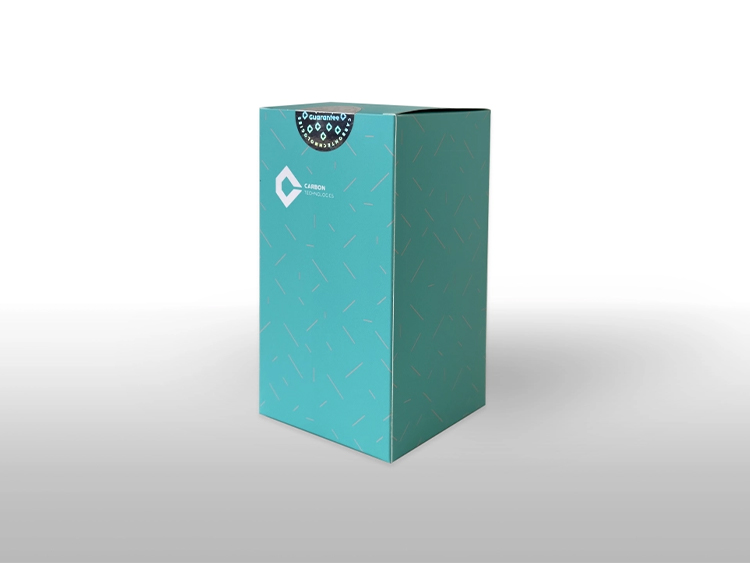
Intended Use
RNSol H Reagent is used to purify RNA and miRNA from animal tissue and cell, PBMC, whole blood, WBC and bacteria. The assay is intended for in vitro diagnostic use. We recommend all users to study RNA experiments guideline, before starting their work.
Principle
The RNSol H reagent is designed for isolating all form of RNA molecules from 0.5- 100 mg tissue samples or up to 1×107 animal cells and up to 2 x 109 bacteria. Fresh or frozen tissue samples should be lysed and homogenized. Aqueous phase is separated using chloroform. Then, RNA selectively will be isolated by the addition of chloroform. Contaminants removed by 75% ethanol. Pure RNA is finally eluted in nuclease free water. Isolated RNA is ready to use in downstream applications. It has A260/A280 ratios of 1.9–2.3 by spectrophotometer, confirming high purity.
Storage
Shipment condition is checked by Carbon Technologies. After arrival, RNSol H Reagent should be kept dry, at 2-8 °C. When storage condition is as directed, all reagents are stable until expiration date, as indicated on the kit box.